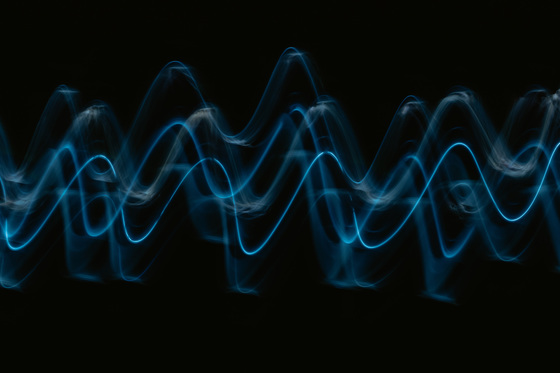Succeeded in a mouse experiment 'destroying cancer cells with sound waves'

A research team at the University of Michigan has succeeded in completely destroying liver tumors in mice by using
Cancers | Free Full-Text | Impact of Histotripsy on Development of Intrahepatic Metastases in a Rodent Liver Tumor Model | HTML
https://www.mdpi.com/2072-6694/14/7/1612/htm
Tumors partially destroyed with sound don't come back
https://medicalxpress.com/news/2022-04-tumors-partially-dont.html
Scientists Have Eradicated Liver Cancer in Rats Using Non-Invasive Sound Waves
https://www.sciencealert.com/scientists-have-used-sound-waves-to-eradicate-tumors-in-rats
The research team has developed a method that uses sound waves to destroy cancer cells in the body. Treatment with sound waves destroys only 50-75% of liver tumors, and the remaining tumors can be regressed by stimulating the mouse immune system. In experiments with this treatment, more than 80% of mice have succeeded in preventing cancer recurrence and metastasis.
Zhen Xu, a professor of biomedical engineering at the University of Malaya, who was involved in the study, said, 'Reducing the risk of future cancer metastasis by destroying some tumors and regressing the rest without targeting the entire tumor. You can do it. '
The cancer treatment method using sound waves developed by the research team is a type of treatment method called 'Histotripsy'. 'Histotripsy' is a non-invasive convergence of ultrasonic waves that destroys target tissue with millimeter accuracy. The treatment is relatively new and has already been used in liver cancer treatment trials in the United States and Europe at the time of writing.

In many clinical settings, cancerous tumors themselves cannot be treated because of the size, location, and stage of the tumor. However, in this study, we have succeeded in a therapeutic approach of destroying a major tumor and leaving a part of the tumor by targeting a part of the tumor.
'Histotripsy is a promising option that can overcome the limitations of currently available ablation modality and provide safe and effective non-invasive liver tumor ablation,' said Tejaswi Worlikar, who was involved in the study. We hope that knowledge will help us achieve the ultimate goal of clinical adoption of Histotripsy for patients with liver cancer and motivate future clinical research. '
Liver cancer is one of the top 10 cancer-related causes of death. There are various treatment options for liver cancer, but in the United States, the survival rate after 5 years is less than 18%, and it is known to have a poor prognosis . In short, it highlights the clinical need to improve the outcome of liver cancer.
Traditional cancer treatments such as radiation therapy and chemotherapy have side effects, but sonic therapy can be treated without side effects. Professor Xu also said, ' Transducers designed and manufactured at the University of Malaya emit high-amplitude microsecond-length ultrasonic pulses and destroy only tumors. Conventional ultrasonic devices have low-amplitude imaging. I used to use pulses, 'explains the difference between the treatments developed by the research team and conventional treatments. The transducer developed by the University of Malaya emits ultrasonic pulses to generate microbubbles in the target tissue, and these microbubbles rapidly expand and collapse, destroying cancer cells.
Related Posts:
in Science, Posted by logu_ii







